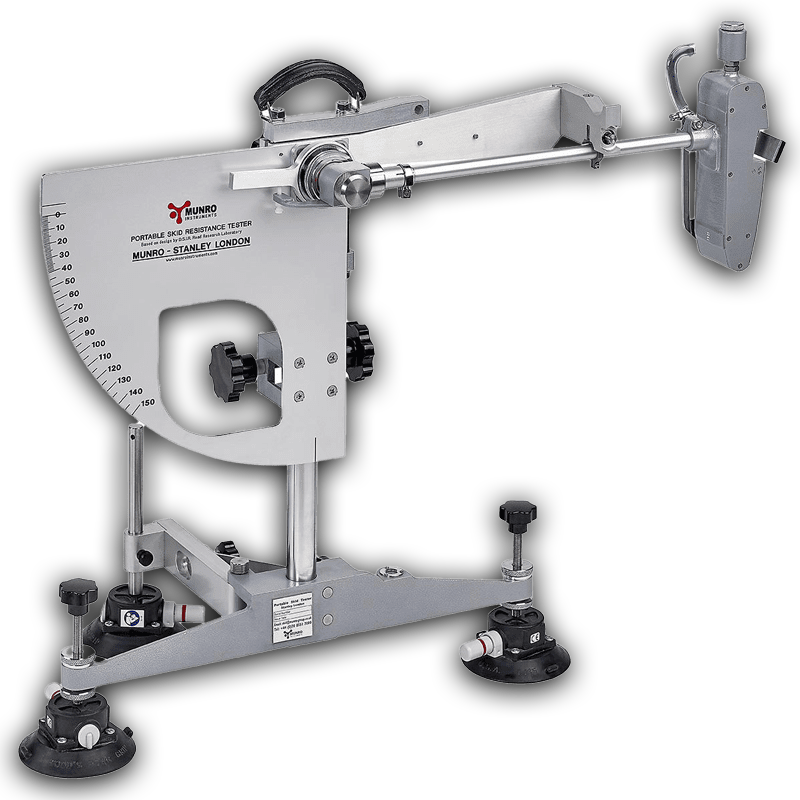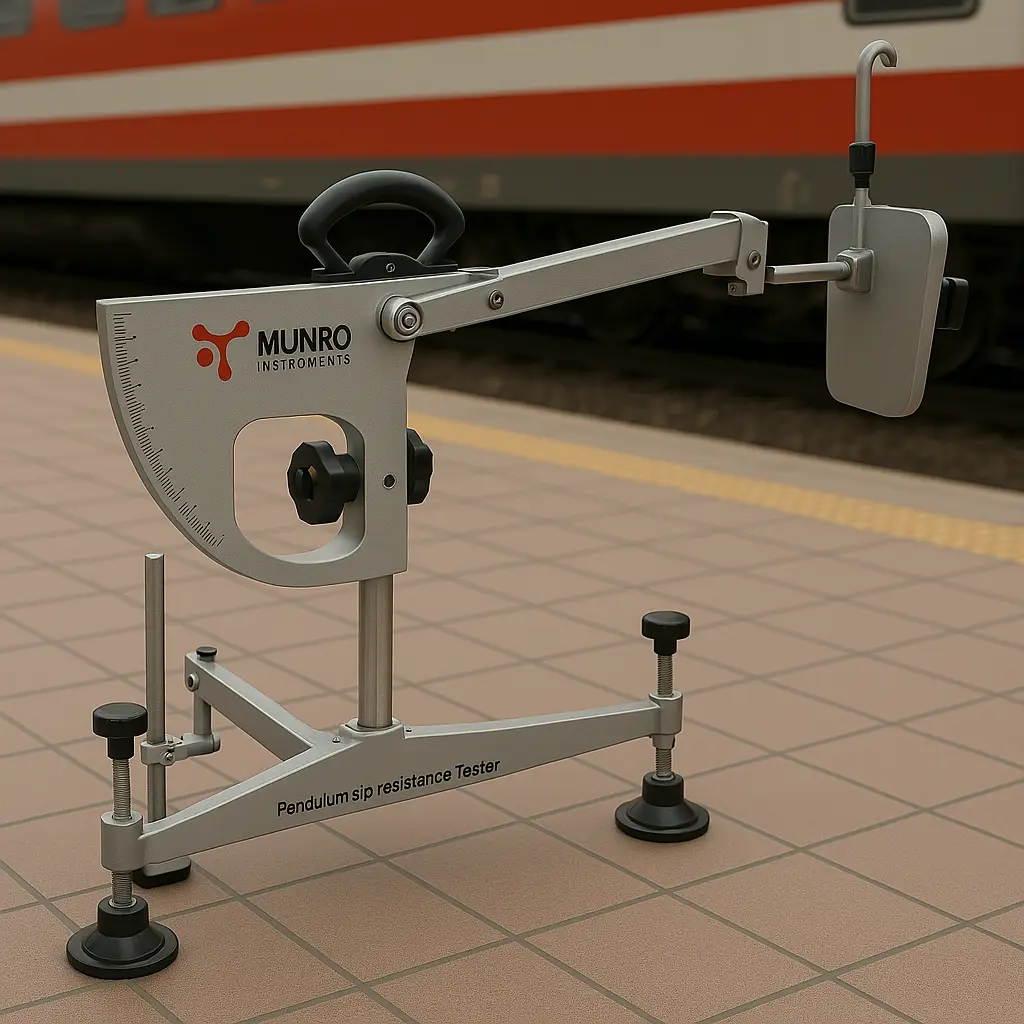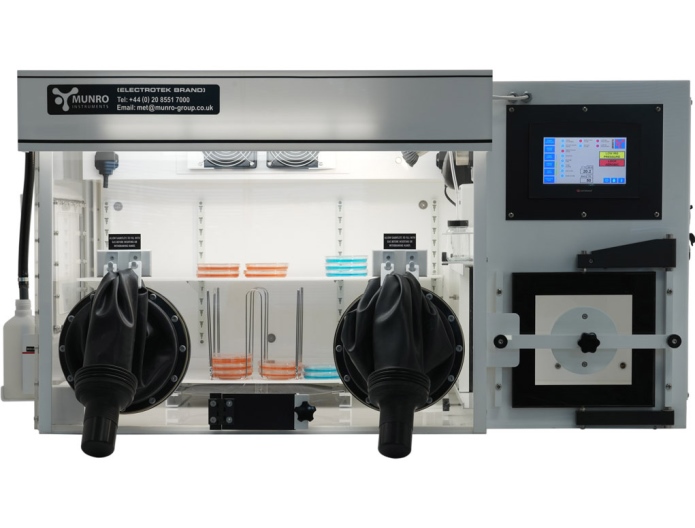Laboratories are dynamic environments where various experiments, research activities, and analyses take place. Amidst the pursuit of scientific endeavors, safety should always remain a top priority. One significant aspect of laboratory safety is slip risk assessment, which involves identifying and mitigating factors that could lead to slips, trips, and falls. In this article, we’ll delve into the importance of slip risk assessment in laboratories, explore various risk factors, discuss assessment methods, and outline preventive measures to ensure a safe working environment.
What are Slip Risk Assessments in Laboratories
Laboratories pose unique challenges when it comes to safety due to the presence of hazardous chemicals, equipment, and diverse surfaces. Slip risk assessment is crucial in mitigating the potential for accidents and injuries. Understanding the hazards involved is essential for creating a safe working environment.
Understanding Slip Risk Factors
Several factors contribute to slip risks in laboratories. Surface materials play a significant role, with smooth or wet surfaces increasing the likelihood of slips. Contamination from spilled chemicals or substances further exacerbates the risk. Additionally, footwear selection can impact traction and stability.
Methods of Slip Risk Assessment
Various methods are employed to assess Slip testing in laboratories. Visual inspections help identify hazards such as spills or uneven surfaces. Coefficient of friction testing quantifies slip resistance, while slip resistance measurement devices provide objective data for analysis.
Implementing Preventive Measures
Preventive measures are crucial for reducing slip risks. Proper housekeeping procedures, including prompt spill cleanup and clutter reduction, are essential. Installing slip-resistant flooring and providing appropriate footwear can significantly enhance safety. Education and training programs also play a vital role in raising awareness and promoting safe practices.
Regulatory Compliance and Standards
Regulatory agencies such as the Occupational Safety and Health Administration (OSHA) have specific guidelines for laboratory safety. ASTM standards provide criteria for slip resistance testing, ensuring compliance with industry best practices. International organizations also offer guidance on safety protocols.
General framework for conducting slip risk assessments in laboratories:
- Identify Hazardous Areas: Begin by identifying areas within the laboratory where slip risks are likely to be present. This includes areas where spills are common, where liquids are frequently handled, or where floors may become wet from other processes.
- Evaluate Floor Surfaces: Assess the condition of floor surfaces throughout the laboratory. Look for signs of wear and tear, uneven surfaces, or areas with inadequate traction. Consider the types of flooring materials used and their slip resistance properties.
- Assess Contaminants: Identify potential contaminants that could contribute to slip hazards, such as spilled chemicals, water, oil, or other substances. Evaluate how these contaminants are managed and cleaned up in the laboratory environment.
- Review Work Practices: Examine the laboratory’s standard operating procedures (SOPs) and work practices to identify any activities that could increase slip risks. This includes processes involving the handling or transfer of liquids, as well as cleaning and maintenance routines.
- Consider Environmental Factors: Take into account environmental factors that could affect slip risks, such as temperature and humidity levels. Certain conditions, like condensation or high humidity, can increase the likelihood of slippery surfaces.
- Assess Lighting: Evaluate the adequacy of lighting in the laboratory, as poor lighting can make it difficult to identify hazards and increase the risk of accidents.
- Implement Control Measures: Based on the findings of the risk assessment, implement control measures to mitigate slip risks in the laboratory. This may include:
- Installing anti-slip mats in areas prone to spills or moisture.
- Providing appropriate footwear with slip-resistant soles for laboratory personnel.
- Establishing protocols for promptly cleaning up spills and maintaining clean work areas.
- Using warning signs or barriers to alert personnel to potential slip hazards.
- Modifying work practices to minimize the risk of spills or accidents.
- Regular Monitoring and Review: Continuously monitor the effectiveness of control measures and regularly review the slip risk assessment to ensure it remains up-to-date. Make adjustments as necessary based on changes in laboratory processes, equipment, or conditions.








